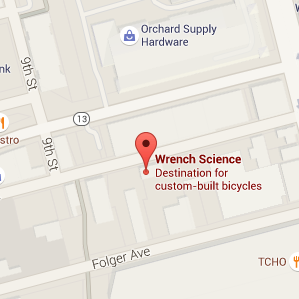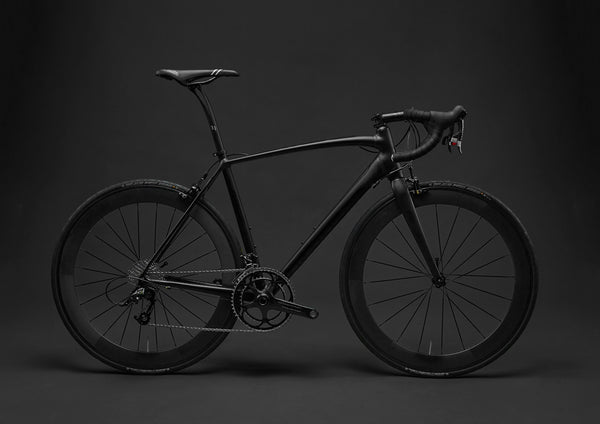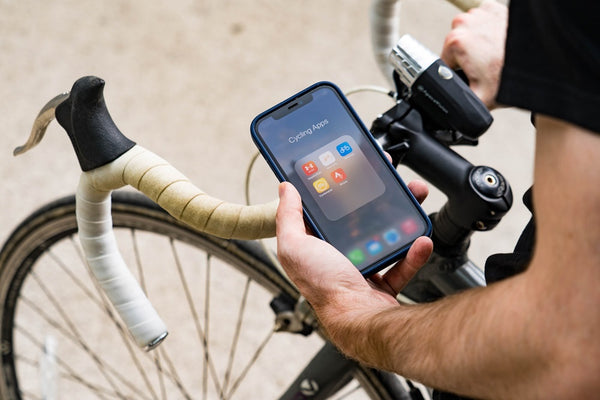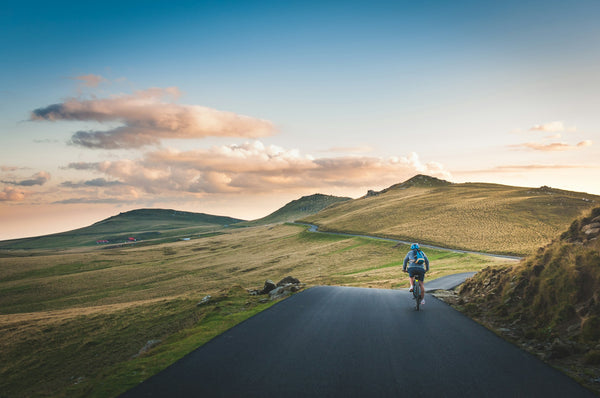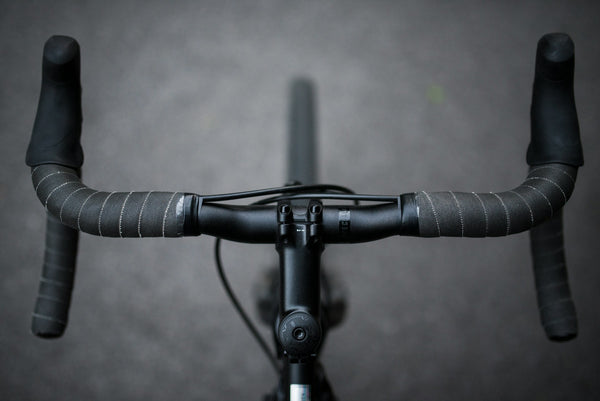When setting up your position on a bike, we always discuss the three points of contact. That means the three places where your body actually touches the bike: the handlebars, the pedals, and the saddle. Of the three equally important points, getting the saddle right is perhaps the most critical consideration. Not just the position, height, angle, etc., but choosing the right bike saddle for your backside will ensure a comfortable and efficient ride.
The abundance of choice in bike saddles will seem like a mixed blessing since it means there almost certainly is the perfect saddle for every behind, but the trick is to find it. And backsides can be a little like fingerprints: everyone’s is different. So a saddle that your best riding buddy loves might actually feel like an ass-hatchet to you.
Every saddle brand will have a wide variety of shapes, sizes and even padding levels. To narrow down your choice, you should establish what type of cycling you intend to do since that will impact how you sit on your saddle.
How to measure for bike saddles
There are certain saddle companies that will give you instructions on how to measure your sit bones to find out what saddle you should be purchasing. That is a helpful service if you intend to be riding your bike in a very upright position, like a cruiser or perhaps touring bike. But if you are buying a saddle for a road racing or even gravel racing bike, you will be rotating your hips much further forward to assume the appropriately aggressive racing position. And your sit bones will not even be touching the saddle.
That is not to say it is pointless to measure your sit bones, or rather the distance between them, but it will be only a piece of the puzzle. If your local bike shop offers professional bike fits, then they will likely have a method to measure your sit bones as well. Alternatively, you can easily measure at home if you have some corrugated cardboard, or perhaps some semi-firm foam. Wearing something thin and unobtrusive like boxer shorts, sit down on the cardboard or foam. Apply as much pressure as you can without changing position, and then get up, identify the indentations your sit bones made, and measure the distance between them.
Knowing your sit bone width will give you a good idea of how wide your saddle should be. Most manufacturers indicate saddle width and length in the descriptions of their various models. Keep in mind your intended riding position when looking for a saddle that will suit your sit bone width, since as mentioned before, more aggressive riding positions will roll your hips so far forward that you won’t even be sitting on the bones. If you use a saddle that is too wide, you will suffer chafing and friction that could result in painful saddle sores. If your saddle is too narrow, you won’t be offering your undercarriage enough support and consequently could feel unstable or off balance, which could also result in painful saddle sores.
Saddle shapes and what they mean
Let’s assume now you know what style of riding you will be doing and you are armed with your sit bone measurement, what do you do next? It’s time to consider what shape your saddle should be. You should be thinking not only about the width, but also the curvature of the saddle. Most brands will have at least two if not three varying degrees of curvature to the shape of the saddle. Fizik in particular has made a study of this aspect of saddle fit, with varying degrees of curve corresponding to the rider’s flexibility.
Saddles that have more curve have been designed to fit riders with less flexibility, while flatter saddles seem to fit riders who are more flexible. There are saddle designs that have more of a wave front to back or again are straight and flat. A saddle with a fore-to-aft curve positions the rider right in the curve while the flat saddle gives the rider the freedom to move around on the saddle.
There is no universal answer to which is the perfect shape; it’s all a matter of what your anatomy prefers. The question of whether you should use a saddle with a cut-out also depends on how much relief your soft tissue needs according to your position. Cyclists who have a very aggressive position, where they are rotating the hips so far forward that all their weight is on the soft tissue, frequently find saddles with cut-outs enormously helpful. Then again, other riders dislike the alternative pressure points saddle cut-outs can cause.
Padding or no padding?
In general, we advise against relying on padding when looking for a comfortable saddle. It might feel like a good idea the first moment you sit on a saddle, but having too much padding could result in added discomfort once the padding has compressed. It could cause undesirable pressure points or unnatural friction points especially over the course of an extended ride or block of frequent riding.
If you get the shape of the saddle right, you should need little to no padding on the saddle. That’s because the saddle with the proper shape for your undercarriage will fit the form of your backside to offer the right level of support. Modern saddle materials like carbon and plastic composites are designed to offer a modicum of spring to help absorb road chatter and move with you as you pedal. But you will want to rely more on a pair of high quality bib shorts with an advanced chamois insert to offer the cushioning comfort that will protect your bottom and soft bits.
If you are prepared to spend quite a lot of money, looking into 3D printed saddles might be an excellent option as well. Fizik introduced their 3D printed adaptive saddles in 2019, and many companies have followed their example. The advantage of the 3D printed padding is that it is lightweight and offers not only cushioning but will adapt to your body’s shape. Due to the high cost of production, 3D printed saddles come with a high price point. And something to consider if you live and ride in cold conditions, is that 3D printed saddles can feel quite chilly with a channel of cold wind funneled through the latticework of the 3D padding. On the flip side, that breathability can be an asset during the hottest rides.
Is there a need for women’s specific saddles?
As with most things to do with bike fitting and positioning, there is no definite answer to whether women riders need a women’s specific saddle. There are some saddle companies that do produce saddles specifically for women. However, most companies are producing a wide range of sizes that are intended to accommodate riders of all shapes, sizes, and sexes. Since saddle fit and comfort are such an individual issue, women riders will have to answer for themselves which they prefer.
How to choose a bike saddle - Conclusion
Deciding on how to choose a saddle is the same process whether you are looking to buy a saddle for a road bike, gravel bike, mountain bike, or city/commuting bike. Knowing what you’ll be riding and how you’ll be riding will play a big part in the decision making process. Measuring your sit bones will be an important piece of the puzzle as well, but keeping in mind how aggressive your riding position will be will make as much of an impact as sit bone width. A certain amount of trial and error might be required, but saddle shape is key, and once you find the perfect shape for your bottom and riding style, you can look forward to happy, pain-free cycling.
Be sure to also check our article on what bike size should you choose.



























































































































































































































































